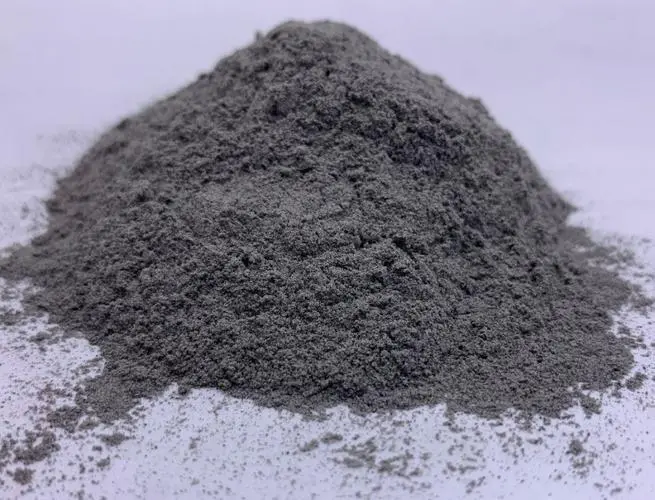
making alumina
The Process of Making Alumina An Overview
Alumina, or aluminum oxide (Al2O3), is a vital compound in the production of aluminum metal and various industrial applications. The process of making alumina primarily involves the Bayer process, a method developed in the late 19th century by Austrian chemist Karl Bayer. This article delves into the intricacies of the Bayer process, its components, and the significance of alumina in contemporary industries.
The Bayer Process
The Bayer process is the most widely used method for extracting alumina from bauxite, the primary ore of aluminum. Bauxite is rich in aluminum oxide and typically contains impurities such as silica, iron oxide, and titanium dioxide. The process starts with the crushing and grinding of bauxite ore to increase its surface area, which facilitates the extraction of alumina.
The crushed bauxite is then mixed with a hot, concentrated solution of sodium hydroxide (NaOH) under pressure. This step, known as the digestion stage, allows the sodium hydroxide to dissolve the aluminum oxide present in the bauxite, forming sodium aluminate while leaving other impurities undissolved. The resulting slurry is then moved to a settling tank, where the undissolved impurities, also referred to as red mud, settle at the bottom.
After the settling process, the clear sodium aluminate solution is decanted and allowed to cool. During the cooling phase, aluminum hydroxide (Al(OH)3) begins to precipitate out of the solution. This is achieved by seeding the solution with aluminum hydroxide crystals, which act as nucleation sites. The precipitation of aluminum hydroxide can be further enhanced by adjusting the temperature and pH of the solution.
Once the precipitation is complete, the aluminum hydroxide is filtered from the slurry and washed to remove any remaining sodium hydroxide. The washed aluminum hydroxide is then dried at elevated temperatures before undergoing calcination. In the calcination stage, the aluminum hydroxide is heated to approximately 1000°C to 1100°C in rotary kilns or fluidized bed calciners. This process removes the water and converts aluminum hydroxide into alumina. The overall chemical reaction can be summarized as follows
\[ 2Al(OH)_3 \rightarrow Al_2O_3 + 3H_2O \]
The result is a fine, white powder of alumina, which can then be used in various applications or further processed to produce metallic aluminum.
making alumina

Applications of Alumina
Alumina has a wide range of applications across diverse industries, making it a critical material in the global economy. One of the foremost uses of alumina is as a precursor for aluminum production. The aluminum extracted from alumina through the Hall-Héroult process is used in everything from aerospace components to packaging materials.
Beyond aluminum production, alumina serves as an important abrasive material, leveraged in products such as sandpapers and grinding wheels. Its high melting point and hardness make it suitable for use in various industrial applications, including ceramics and refractories.
Additionally, alumina is employed in the production of aluminum salts, which are used in water treatment, papermaking, and pharmaceuticals. Furthermore, its unique electrical insulating properties make it valuable in the electronics industry where it is used as a dielectric material.
Environmental Considerations
While the Bayer process is efficient, it has environmental implications that must be considered. The red mud generated during the process poses disposal challenges, due to its alkaline nature and potential contaminant content. Industries are exploring ways to recycle and utilize red mud, turning it into useful by-products such as cement or construction materials.
On the sustainability front, there is a push towards developing more environmentally friendly extraction methods and technologies that can minimize waste and reduce energy consumption.
Conclusion
The production of alumina through processes like the Bayer method highlights the integral role of this compound in both industry and everyday life. As demand for aluminum and its derivatives continues to grow, understanding and improving alumina production processes remain essential for sustainable industrial development. By addressing environmental concerns and maximizing efficiency, the production of alumina can evolve in a way that benefits both the economy and the environment.
Share
-
Premium Resin Coated Sand - High Heat Resistance CastingNewsJul.31,2025
-
High Quality Silicon Carbide Grit for Abrasive ApplicationsNewsJul.30,2025
-
High-Quality Ceramsite for Plants & Gardening | Lightweight PebblesNewsJul.29,2025
-
Premium Burgundy Glass Marbles for Vases & Shooter GamesNewsJul.29,2025
-
High Purity Quartz Sand for Industrial and Ground ApplicationsNewsJul.29,2025
-
High-Quality Barite Powder for Drilling & Industrial UseNewsJul.29,2025






